January 22, 2024
Web Development Trends To Watch For In 2023

The world of web development is a fascinating one, with constant changes and improvements. As we venture into 2023, it’s essential to understand some of the exciting trends that are shaping the web. These trends can seem complex, but we’ll break them down in a way that’s easy to grasp.
1. Progressive Web Apps (PWAs)
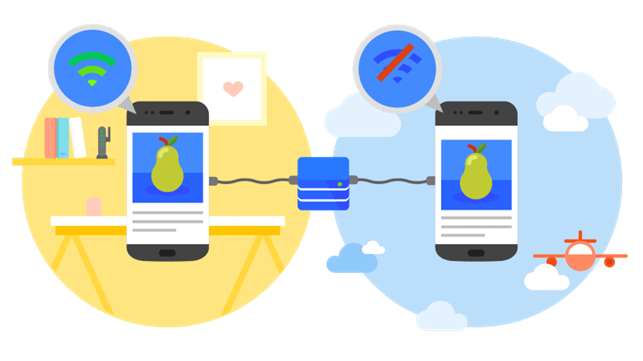
Imagine visiting a website, and it feels just like using an app on your phone. That’s the magic of Progressive Web Apps (PWAs). They load super quickly, work even when you’re offline, and can send you notifications. Essentially, they provide a more app-like experience on the web, enhancing user convenience.
Example: Twitter Lite is a Progressive Web App that loads quickly and offers an app-like experience even on slow connections. It allows users to access Twitter with features like push notifications and offline access.
2. WebAssembly (Wasm)

WebAssembly, or Wasm for short, is like a turbocharger for web browsers. It enables developers to run complex, high-performance programs within your browser, almost as fast as regular desktop applications. This advancement is excellent news for web-based gaming, real-time data processing, and more.
Example: WebAssembly can be used to run complex 3D games in your web browser. The “Unity WebGL” platform allows developers to export their games to run directly in the browser, offering near-native performance.
3. Single Page Applications (SPAs)
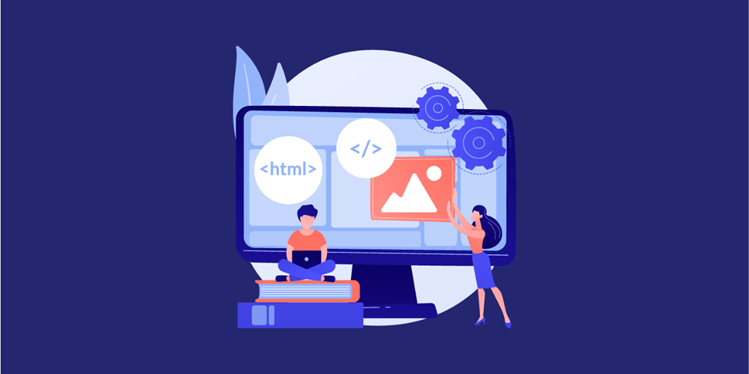
Single Page Applications (SPAs) offer a smoother, more seamless web experience. They load a single HTML page and then dynamically update the content without requiring the entire page to reload. You’ve probably interacted with popular SPAs like Facebook and Twitter, which provide that snappy, app-like feel.
Example: Gmail is a classic example of a single-page application. It loads once, and subsequent interactions like opening emails and composing new messages happen without reloading the entire page.
4. JAMstack Architecture
JAMstack might sound technical, but it’s all about simplifying web development. It separates the front end (the part you see) from the back end (the part that handles data and logic). This separation results in faster, more secure websites. Tools like Gatsby and Next.js make it easier for developers to create sites using the JAMstack approach.
Example: The website for Netlify, a web hosting and automation platform, is built using JAMstack architecture. It offers a fast, secure, and scalable user experience.
5. Serverless Computing
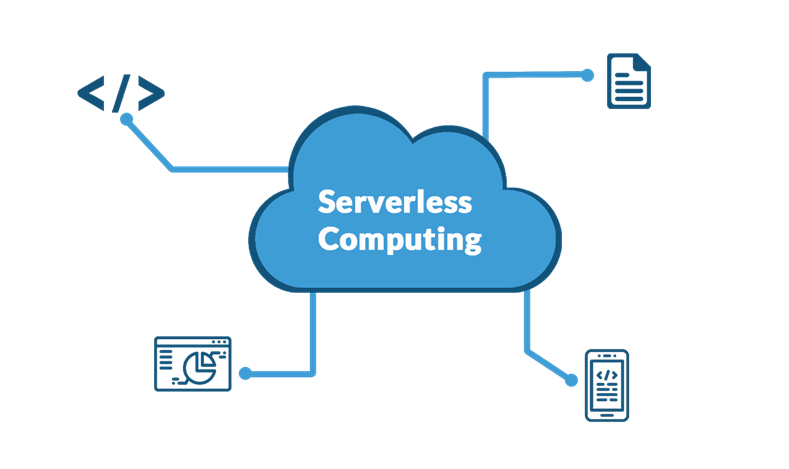
Think of serverless computing as a hands-off approach to managing the servers that run websites. Platforms like AWS Lambda and Azure Functions handle the infrastructure for you, automatically scaling to meet demand. This means cost savings and improved scalability for web applications.
Example: AWS Lambda, part of Amazon Web Services, allows developers to run code without provisioning or managing servers. It’s commonly used for event-driven applications, like processing user uploads or handling API requests.
6. GraphQL
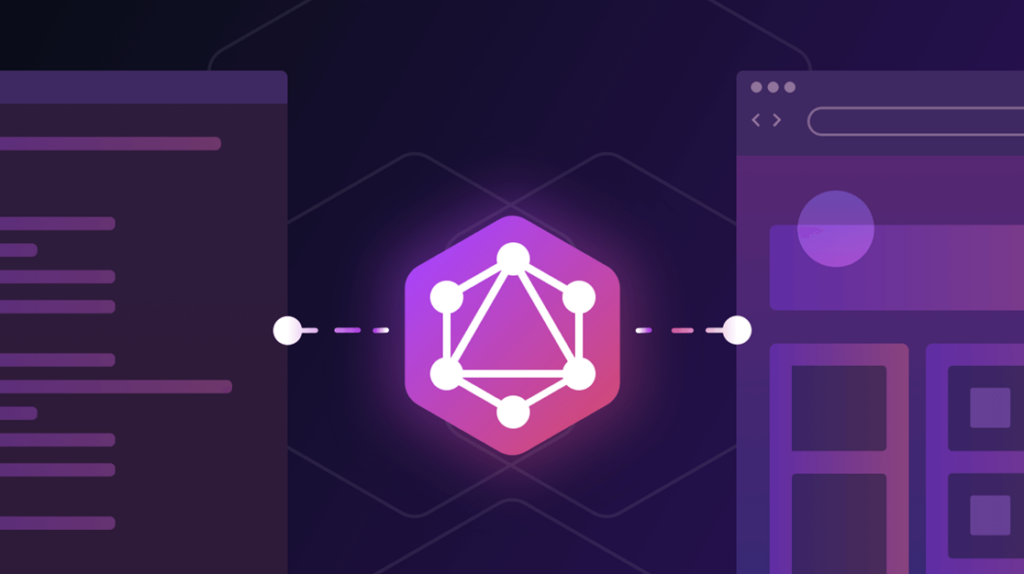
GraphQL is like a personalised ordering system for data on the web. You can request exactly what you need instead of getting a whole buffet of data. It’s a more efficient way of exchanging data between websites and servers, reducing data waste and making web applications faster.
Example: GitHub’s API is built using GraphQL. Developers can request only the data they need, making it more efficient than traditional REST APIs.
7. Web Accessibility (A11y)
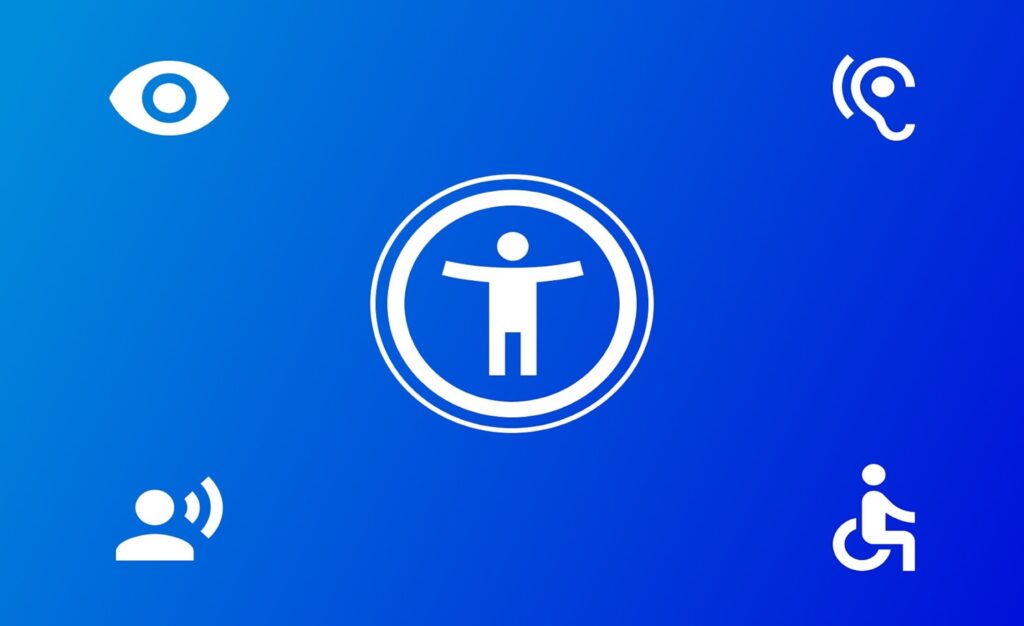
Web Accessibility, or A11y for short, is all about making the web welcoming to everyone. It ensures that websites are usable by individuals with disabilities. Developers are increasingly incorporating features to make web content more accessible, such as screen readers and keyboard navigation.
Example: The website of the World Wide Web Consortium (W3C), the organisation that sets web standards, is designed with a strong focus on accessibility, ensuring that all users, including those with disabilities, can access the content.
8. Web3 and Blockchain Integration
Blockchain technology, which is famous for cryptocurrencies, is making its way into web applications. This integration leads to the creation of decentralised apps (DApps) and digital collectables known as NFTs. These technologies offer exciting possibilities for ownership and digital assets.
Example: CryptoKitties is a popular blockchain-based game where users can collect, breed, and trade virtual cats as non-fungible tokens (NFTs) on the Ethereum blockchain.
9. Artificial Intelligence (AI) and Machine Learning (ML)
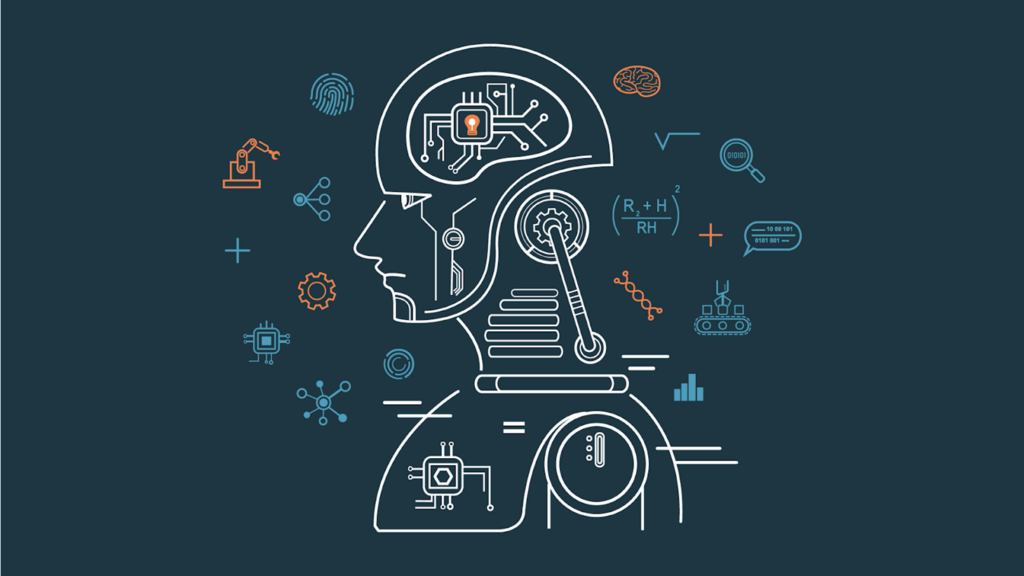
AI and ML are like the intelligent assistants of the web. They personalise your experience by analysing your preferences and behaviour, recommend content, and can even chat with you in real-time. The result is a web that adapts to your needs and provides content that’s more relevant to you.
Example: Netflix uses AI and ML to provide personalised movie and TV show recommendations. It analyses your viewing history and preferences to suggest content you might like.
10. Cybersecurity and Privacy
In an era of data breaches and growing privacy concerns, web developers focus on securing websites and ensuring they comply with data protection regulations. Your safety and privacy are paramount, and developers are working hard to protect your online experiences.
Example: Let’s Encrypt is a certificate authority that offers free SSL/TLS certificates to enhance the security of websites. These certificates help protect data in transit between a user’s browser and a website.
11. AR and VR Integration
Remember Pokémon GO? That’s Augmented Reality (AR) in action. Web developers are figuring out how to use AR and Virtual Reality (VR) to make the web more interactive and immersive. Soon, you’ll be able to experience the web in 3D.
Example: WebARX is an augmented reality platform for web developers. It allows websites to offer interactive AR experiences, such as trying on virtual clothing or visualising products in your physical space.
12. Micro-Frontends

Micro-frontends are like building blocks for websites. Instead of one large structure, web developers use smaller, more manageable pieces to create and maintain sites. This makes development more efficient and adaptable.
Example: The e-commerce giant, Amazon, uses micro-frontends to build and maintain its website. Different teams work on separate parts of the site, allowing for more efficient development and updates.
13. Low-Code and No-Code Development

Low-code and no-code platforms are like website builders that make it easier for non-developers to create web applications. They remove many technical barriers, allowing more people to get involved in web development.
Example: Wix and WordPress are platforms that enable users to build websites without coding. They provide a range of customisable templates and tools for users with varying technical skills.
14. Containerisation and Kubernetes

Containerisation simplifies the process of deploying and managing web applications. Kubernetes helps developers manage and scale these containers efficiently.
Example: Docker containers and Kubernetes are used by companies like Spotify to manage their microservices. They allow for the efficient deployment, scaling, and orchestration of applications.
15. Web3D and 3D Graphics

Web development is entering the world of 3D graphics. Technologies like WebGL and WebXR enable web developers to create immersive, interactive 3D experiences directly within your web browser.
Example: Mozilla Hubs is a platform that allows users to create and explore social VR spaces. It leverages WebVR and WebXR technologies to provide immersive 3D experiences on the web.
Conclusion
In summary, these web development trends for 2023 are exciting and have the potential to transform the way we use the web. Moreover, these examples demonstrate how these web development trends are being applied in the real world, enhancing user experiences, improving efficiency, and opening up new possibilities in web development. Whether you’re a developer or simply a curious web user, these trends will shape your online experiences in the coming year. It’s a dynamic world, but by understanding these trends, you can stay engaged and informed in the ever-evolving landscape of web development.




